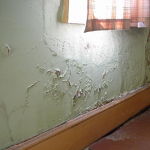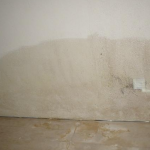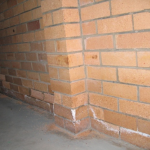Rising Damp
Control and treatment of rising damp
Rising damp is a major cause of damage to masonry walls and if left untreated will cause serious damage, not only to your home but also to your health.
Damp walls promote the growth of mould which can lead to unpleasant musty odours and a number of health problems, including respiratory symptoms and infections, allergic rhinitis and asthma. Wise homeowners, therefore, seek specialist treatment at the earliest signs of a rising damp problem.
How can you tell if your home has a rising damp problem?
Check your internal walls
- Is the paint is peeling or blistering?
- Is there discolouration, high-tide-like staining or dampness up to 1.5m from the floor?
- Is the plaster flaking, bubbling or appearing powdery or salty?
- Are the skirtings or floorboards warping or showing signs of rot?
Check your external walls
- Is there mortar loss or decay in the brick and stonework?
- Is there surface staining?
- Is there white powder or salt on the surface?
What causes rising damp?
Rising damp occurs when moisture from the ground is drawn up by capillary suction into porous construction materials such as cement, brick and stone. Once the moisture seeps through to the surfaces of the wall it evaporates, allowing more to be drawn in from below. The height to which the moisture rises in the wall will be governed by the rate of evaporation and the nature of the wall. The normal upper limit for rising damp is 1.5m above ground level.
How can rising damp be treated?
Sydney Subfloor Ventilation can implement a two-pronged solution to your rising damp problem. First we use a silicon-based damp course injection to create an impenetrable barrier at the base of your wall. Then we improve your underfloor ventilation so soil moisture can evaporate beneath the floor and pass out through the vents in the lower walls.
Protect your home and family today
If you think you have a problem with rising damp, don’t delay; get in touch with Sydney Subfloor Ventilation today to arrange a no-obligation inspection of your home.


